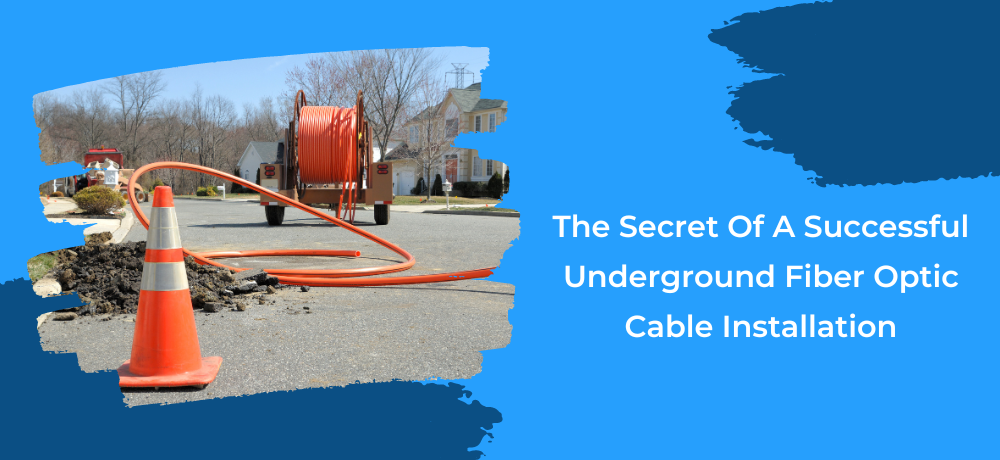The Secret Of A Successful Underground Fiber Optic Cable Installation
- RTR Engineering
Categories: Engineering Fiber Optic Installation Network Reliability Telecommunications

In the realm of Fiber Optic Telecommunication installations, underground fiber optic cable installation is a well-established technique that continues to be vital for various applications. As an experienced engineer, I can attest to the importance of a successful underground installation, as it ensures long-term network reliability and robustness. Today, I will unveil the secret behind a successful underground fiber optic cable installation, exploring the key factors that contribute to seamless engineering and adherence to CSA Underground Systems C22.3 No. 7-15.
1. Comprehensive Site Survey and Planning
The foundation of a successful underground fiber optic cable installation lies in meticulous site survey and planning. Before any digging commences, engineers must conduct a thorough assessment of the terrain, taking into account potential obstacles, soil conditions, and existing utility infrastructure. With a well-designed plan, the installation process becomes smoother, minimizing the risk of delays and budget overruns.
2. Utilizing Cutting-edge Installation Equipment
To ensure precision and efficiency, engineers must leverage cutting-edge installation equipment. Modern tools and machinery enable controlled excavation and cable placement, reducing the likelihood of damage to the fiber optic cables during installation. Moreover, specialized equipment enables engineers to work in confined spaces while maintaining the highest safety standards.
3. Prioritizing Cable Protection and Durability
Underground fiber optic cables are exposed to various environmental factors, such as moisture, pressure, and temperature fluctuations. Ensuring the longevity and performance of the cables demand protective measures. Engineers use robust conduit materials and proper backfilling techniques to shield the cables from external influences, guaranteeing long-term durability and minimal signal loss.
4. Thorough Testing and Quality Assurance
After the underground fiber optic cable installation, comprehensive testing and quality assurance procedures are paramount. Engineers perform optical time-domain reflectometer (OTDR) tests to identify any signal losses or discontinuities along the cable route. Rigorous testing ensures that the installed network meets the required standards and delivers optimal performance.
The secret of a successful underground fiber optic cable installation lies in thorough site survey and planning, the use of cutting-edge installation equipment, prioritizing cable protection and durability, and implementing thorough testing and quality assurance procedures. At RTR Engineering, I provide top-notch Safety & Automation, Safety Control & Guarding Concept Development, Consulting, Electrical Engineering, Project Management, Re-engineering, Industrial Safety Training, Safe Operating Procedures, Training Materials, Pre-start Health and Safety Reviews (PSR’s/PHSR’s), Hazardous Area Classification in addition to Telecommunications Engineering.
To learn more about the services I offer, please click here. If you have questions, I’d love to hear from you. Please feel free to call me at (519) 577-7898 or email [email protected].